| Demand is out there, but how much? |

It used to be that analysts could refer to vehicle sales simply as “demand” — the vehicles were there, how many did people, governments and business choose to buy?
But in the extreme scarcity of this pandemic era, it’s been harder to discern the true level of demand.
Now that the pace of production is getting closer to normal, the view should become clearer. In this week’s issue of Automotive News, we examine some revealing developments.
The seasonally adjusted pace of light-vehicle sales last month was the fastest since the spring of 2021, before the full impact of the chip shortage became evident. But that’s really a function of greater utilization of the industry’s factories.
In fact, it appears that sales to individual consumers — those people who drive the economy — actually slowed in January, perhaps because interest rates are still rising and prices for new and used vehicles are at record highs, as Larry Vellequette reports. But there were more than enough fleet customers — governments, rental-car companies and other businesses — to make up for that decline and make use of that extra output.
In the industry’s shift to electric vehicles, there’s long been more demand than supply, but in pretty small numbers. Whether demand is deep enough to reach beyond early adopters and into the mass market isn’t really clear — perhaps even to the leading companies.
Tesla missed its sales projections even after discounting its prices, so it cut prices again. Then Ford reduced prices for its not-yet-profitable Mustang Mach-E. But analysts tell Laurence Iliff that it’s not a price war yet, as other key players, including General Motors and Volkswagen, insist they will stick with their current pricing strategy.
True EV demand has been hard to measure in part because of large government incentives, which are implemented through a confusing and frequently changing set of rules. At least, the rules are becoming one tiny bit less complicated with a simpler split between the car and truck classification. (Though personally, I’d rather see a flat incentive across the board both for clarity and fairness.)
With supply approaching demand, the general view is that the number of vehicles sold should rise, but profitability per vehicle — and perhaps overall — will come down from recent records for automakers and dealers alike. (You can read about franchised dealers’ outlook in our special section on the NADA Show in Dallas.)
With that backdrop on 2023, Michael Martinez and Lindsay VanHulle report that Ford and GM are both signaling a year of belt-tightening, seeking billions in savings. One key difference: GM says it isn’t contemplating job cuts, while Ford, which lost $2 billion in 2022, isn’t ruling them out.
Not to be cynical, but a prudent approach to spending is usually a savvy position in a year with major union negotiations.
You don’t want to read too much into January results, as it’s typically one of the lowest-volume months of the year. That pattern was established when year-end discounts pulled consumers ahead to close the books strong. Recent Decembers, on the other hand, have offered little to remember.
The signals are not clear, just like in the broader economy, where inflation seems to be easing, but the job market remains red-hot. We’ll keep tracking the tenor of auto demand — as well as the progress and setbacks on supply — in the printed pages and the digital pages of Automotive News.
 |
|---|
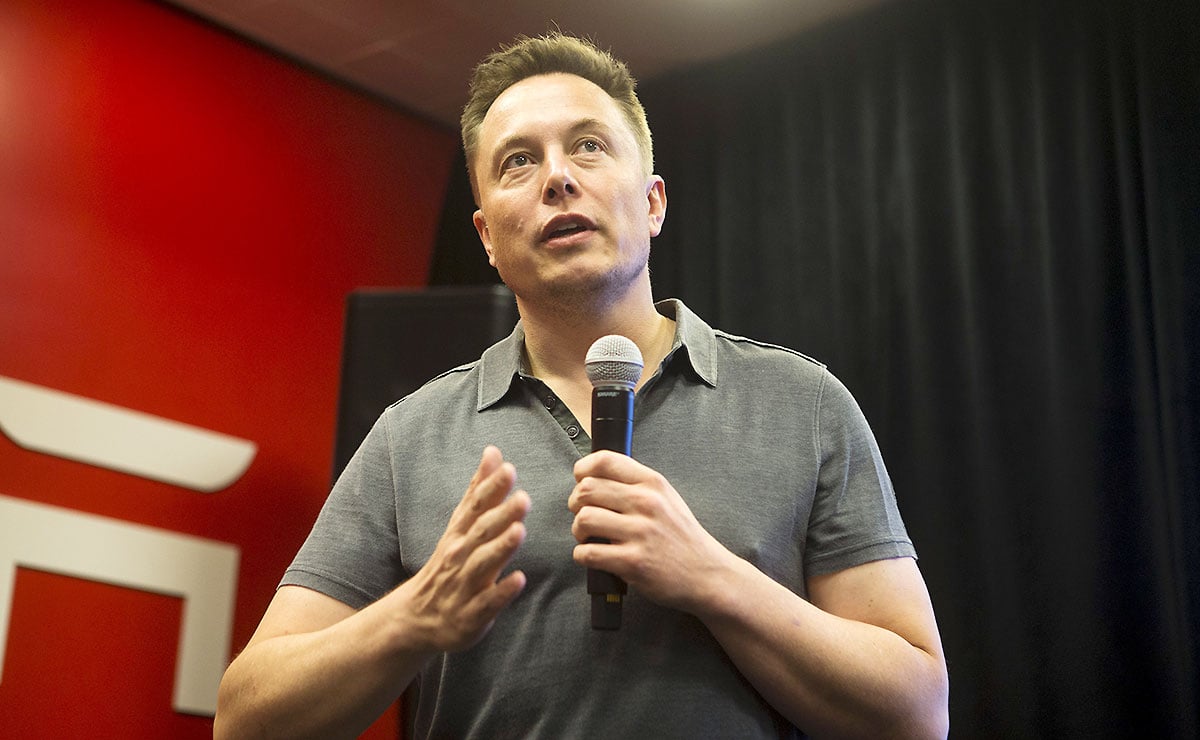
“It is never good for suppliers when (automakers) cut vehicle prices because that pressure rolls downhill.” |
— DAN SHARKEY, AN ATTORNEY REPRESENTING SUPPLIERS TO TESLA AND OTHER AUTOMAKERS |
 |
|---|
In Monday’s Automotive News:
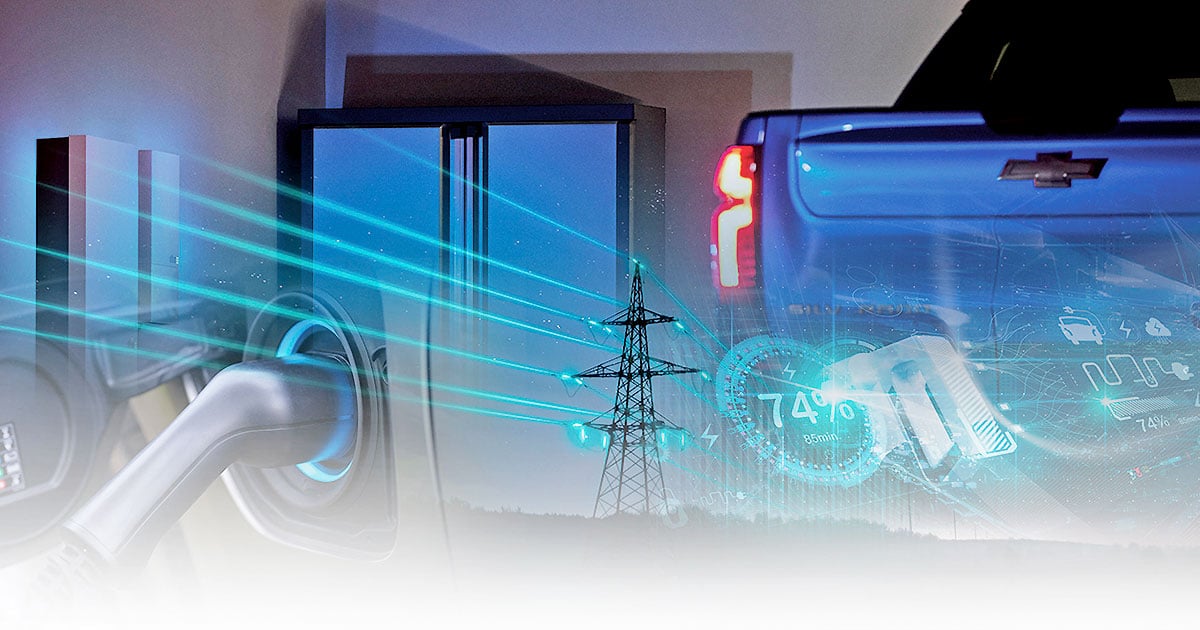
More power! One possible incentive for buying an EV could actually be making money by charging or discharging at certain times. Is it possible that this seemingly simple task for EV owners could create a more resilient grid and reduce the need for additional power plants as more EVs are sold? The physical power plant is easy to see — smokestacks, transmission lines, concrete cylinder buildings. This Automotive News story examines the virtual power plant, generated in part by EV owners pooling together their vehicles to create a grid power source. Owners could purchase electricity at low off-peak rates and profit by selling it back at peak times, when rates are highest. According to Mark Dyson, a managing director with the carbon-free electricity program at RMI, a nonprofit focused on accelerating the global energy transformation, orchestrated together, thousands of EVs and household electronics “can act just like a large-scale power plant and provide the same kinds of services to the grid as large-scale power plants we’re familiar with can provide.”
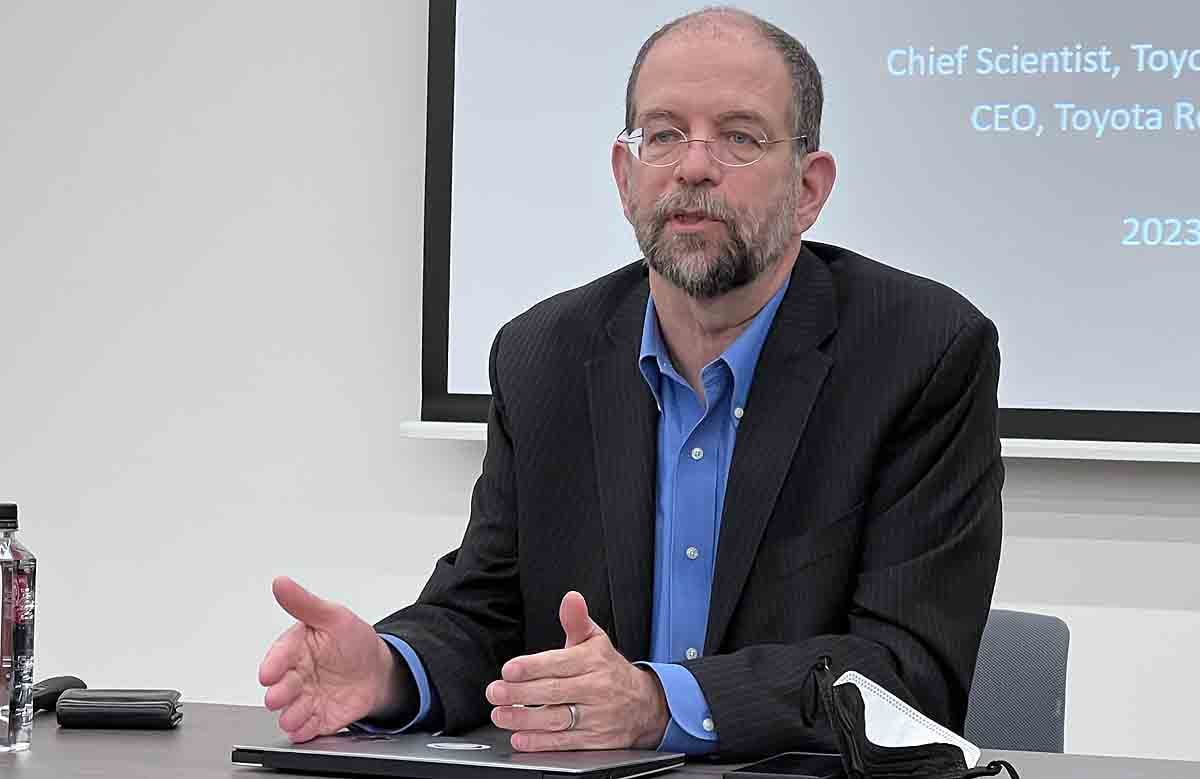
Toyota’s following the science: Toyota Motor Corp. has come under fire for what critics call foot-dragging on pure electric vehicles. Now, the world’s biggest automaker is fighting back with its most robust retort. Its message to those who say EVs are the only way forward in the global battle to cap carbon dioxide emissions: Science says you’re wrong. Automotive News looks at Toyota’s new facts and figures to back its strategy of taking a multipronged approach, blending EVs with hybrids and other green technologies. The automaker insists new data shows that EV-only strategies — all the rage in some corners — fall short, a pitch Toyota’s chief scientist, Gill Pratt, made in a presentation at the World Economic Forum in Davos last month and more recently issued from Tokyo.
Weekend headlines
Musk defeats Tesla shareholder suit: A jury cleared Elon Musk of claims by Tesla investors that he defrauded them when he tweeted 4 1/2 years ago that he was considering taking the company private and had “funding secured” to make the deal happen. The verdict in San Francisco federal court rejects allegations that the electric-car maker’s CEO violated securities laws and should pay billions of dollars in damages.
Ford reduces top execs’ bonuses: A day after a “frustrating” earnings report, Ford CEO Jim Farley told employees in a letter that he is cutting the percentage used to calculate bonuses for senior leaders including himself.
Tesla raises Model Y prices $1,000: Tesla raised prices in the United States of its best-selling vehicle, the Model Y, by $1,000 after the government raised the ceiling on the price of crossover electric vehicles eligible for tax credits.
Bosch earnings rose 16% in 2022: Earnings were weighed down by supply chain cost increases and investments in the transformation of the company’s mobility business.
 |
|---|
 January U.S. sales: Honda snapped a 17-month losing streak and Hyundai and Kia racked up another month of U.S. sales gains in January on improved inventory levels, higher fleet volume and electric vehicle demand. Toyota volume, meanwhile, dropped 15 percent, with the automaker hampered by some of the industry’s lowest inventory levels. Deliveries dropped 17 percent at the Toyota division and 0.9 percent at Lexus, the luxury brand’s 12th straight decline, the company said.
January U.S. sales: Honda snapped a 17-month losing streak and Hyundai and Kia racked up another month of U.S. sales gains in January on improved inventory levels, higher fleet volume and electric vehicle demand. Toyota volume, meanwhile, dropped 15 percent, with the automaker hampered by some of the industry’s lowest inventory levels. Deliveries dropped 17 percent at the Toyota division and 0.9 percent at Lexus, the luxury brand’s 12th straight decline, the company said.
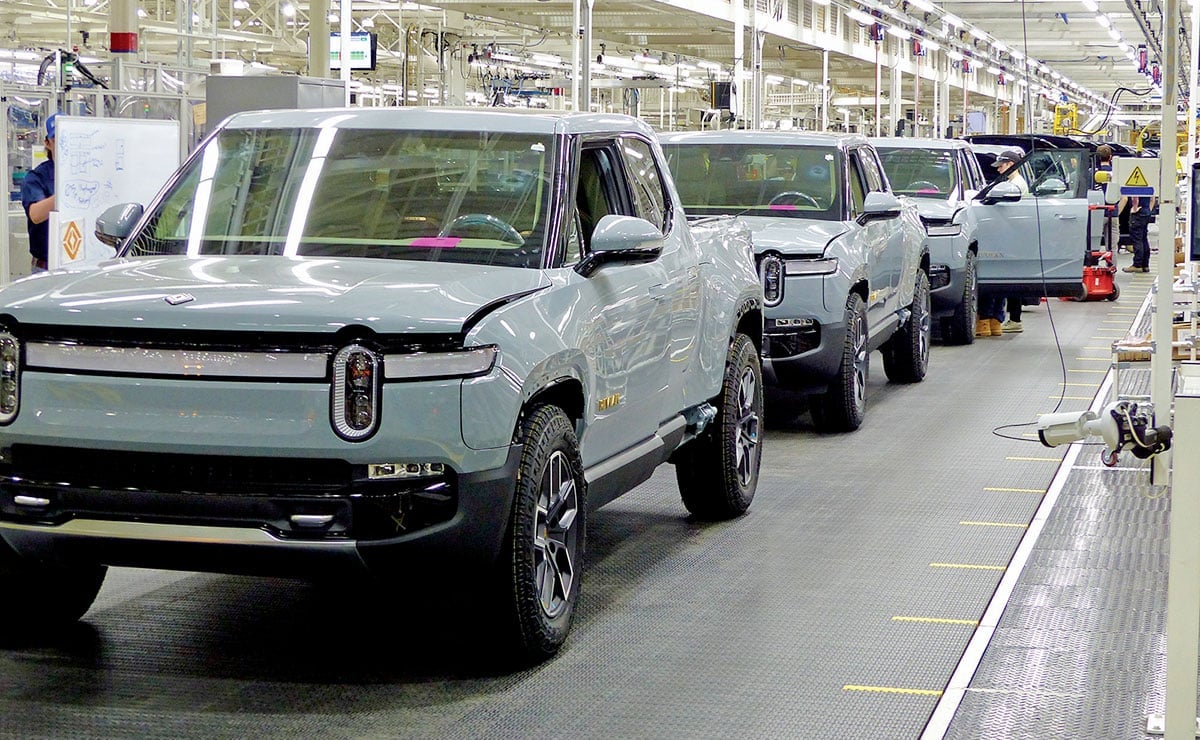
Rivian to cut 6% of jobs: Rivian is laying off 6 percent of its work force in an effort to cut costs as the EV maker, already grappling with falling cash reserves and a weak economy, braces for an industrywide price war. The company is focusing resources on ramping up production and reaching profitability, CEO RJ Scaringe said. The layoffs come amid falling EV prices kicked off by cuts made recently by Tesla and Ford.
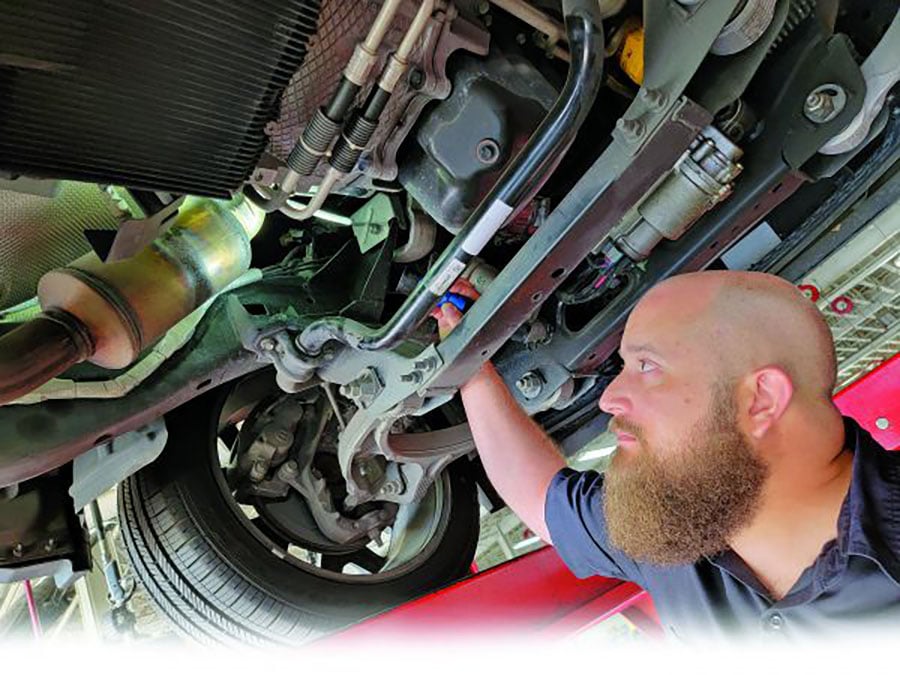
Congress targets surge of catalytic converter thefts: A bill introduced in Congress — known as the Preventing Auto Recycling Theft, or PART, Act — aims to reduce catalytic converter thefts by requiring new vehicles to have the VIN stamped onto the converter and establishing a grant program to allow dealerships, repair shops and other eligible parties to stamp VINs onto the converters of existing vehicles. It also would establish federal criminal penalties for the theft of catalytic converters and the sale, trafficking or known purchase of stolen catalytic converters.
 |
|---|
 |
|---|
 |
|---|
Feb. 11, 1937: General Motors recognized the UAW after a 44-day strike in Flint, Mich.
